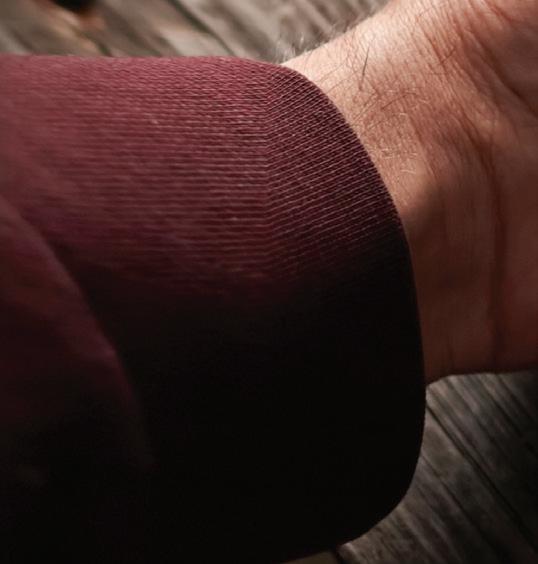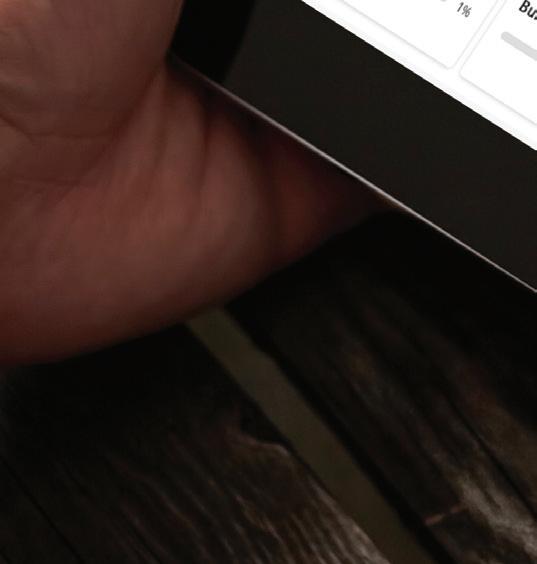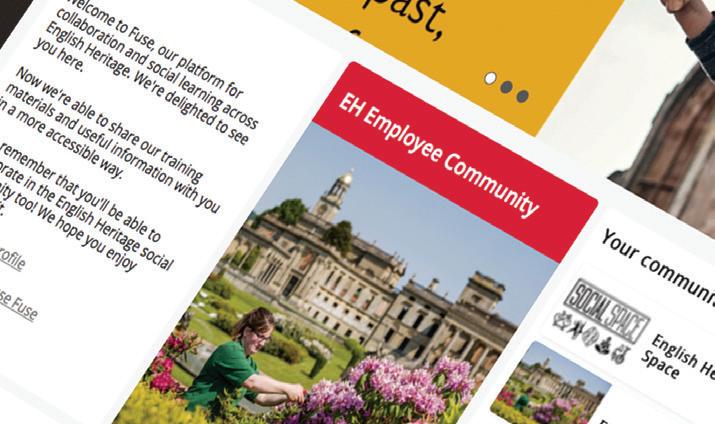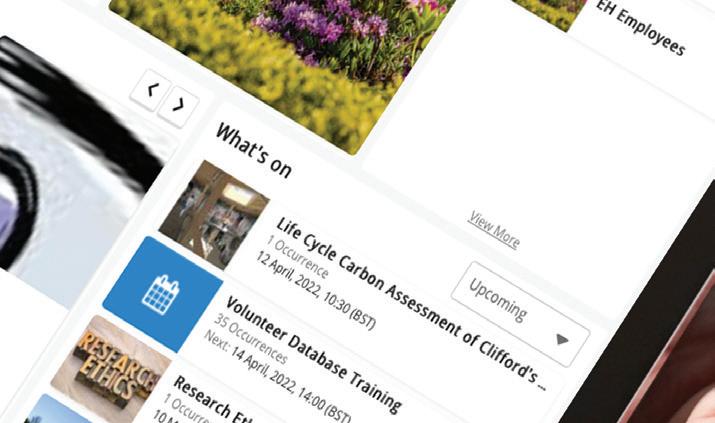
5 minute read
NEED TO KNOW
NEED TO KNOW
FUSE
We share some advice for new users getting started with Fuse.
Last year we launched Fuse for volunteers, which is our platform for collaboration and social learning with English Heritage. Fuse lets us share training materials, internal updates and useful resources in an accessible way, as well as providing a space to join the English Heritage social community where you’re able to engage with the organisation and other volunteers from around the country. While using Fuse isn’t mandatory, we do encourage you to sign up because it will soon become the main location for sharing information and training. If you’d like to start using it then a great place to familiarise yourself is by looking through the ‘How to Fuse For Volunteers’ topic within the
English Heritage Volunteers community, which includes guides to getting started and FAQs.
As part of my role of a Fuse volunteer, I check the queries inbox and look at any questions that might have cropped up, and either direct them to the person who can deal with them or sort them out myself. I have also started planning some ‘in person’ workshops, so that volunteers can bring their own devices in and use Fuse with the reassurance of having me with them. This should hopefully make people a little braver when they are exploring the platform.
Sharing information I also volunteer at Dover Castle. I am based in Henry II’s Great Tower and I have been astounding visitors with my knowledge for the last fi ve years. I think the most useful part of Fuse is that you can share information. As English Heritage is spread across the country, we don’t get a chance to meet up with other volunteers who are interested in the same period of history as we are. So being able to upload articles, links and photos to Fuse gives us the ability to head into the search bar, and pretty much travel the country without leaving our armchairs. Have a good look around I think my best advice is to just click on things and be nosey. One of the best things I was told about Fuse was ‘you can’t break it’ (by Jemma) so don’t be afraid, head on in and have a good look around. I’d suggest attending one of the How to Fuse workshops as well – they are really friendly, safe spaces.





Fuse volunteer Lisa Carter shares some advice for getting started with Fuse.









What Fuse has to offer volunteers
Here are just some of the benefi ts of being connected on Fuse.
Engage with other volunteers and staff The English Heritage social space is open to staff and volunteers, creating a large community where you’re able to interact with people all over the country who share the same interests as you. Use this space on Fuse to ask questions of curators, or fi nd out what it’s like volunteering at our sites across England.
Learn more about the history of our sites We have a collection of online talks, led by both staff and volunteers, available on Fuse. Ranging from the history of our Roman forts to an in-depth look at some of our properties’ most famous residents, the Online Talks Library is a great place to start if you want to use Fuse to learn about English Heritage’s sites.
Learn more about the organisation Fuse is our central location for uploading communications and plans for the organisation. Within the English Heritage Volunteers community you can fi nd our strategic plans, video messages from our Chief Executive and other important updates.
Nigel Foxall tells us about his volunteer roles and why he thinks Fuse is such a useful tool.
As a Fuse support volunteer I cover the Fuse enquiries inbox on set shifts along with the other members of the team. I usually cover one or two shifts a week answering and processing queries from Fuse users, many of which relate to accessing the system. The Fuse support team also have a WhatsApp group that we use to communicate with each other and share information. We also provide the Fuse support workshops to explain the system to users.
Fuse has expanded my knowledge I also volunteer at Boscobel House and the Royal Oak in Shropshire as part of the visitor team explaining the story and history of the site to visitors. Boscobel is a small site on the edge of the West Midlands conurbation and it’s a small group of staff and volunteers, but it’s really fun and enjoyable. With Boscobel being a smaller site, Fuse is a great tool for keeping in touch with what’s happening in the larger organisation that we are all part of, especially things in my region. The ‘My Learning Plan’ part is really useful to keep skills up to date and especially relating prior knowledge to how English Heritage works. For me, Fuse has expanded my knowledge of the portfolio of places in the organisation, many of which I did not know were part of English Heritage. Like many volunteers I completed the 2021 volunteer survey, so it’s great to be able to see the results from the survey and the learning being taken forward.
Convenient and accessible Whilst I use Fuse on my iPhone and iPad, which is great for convenience and makes the system accessible, I prefer to view Fuse on my desktop computer most as it gives you a much broader view of what’s available on Fuse, and new updates. ■
NOT ONLINE? You will still be able to access essential training and communications. If you have any questions about this, please talk to your volunteer manager.










